Following his recent keynote speech at the 2023 Australian Architecture Conference, we spoke to architect Kevin Carmody about his inspirations and experience.
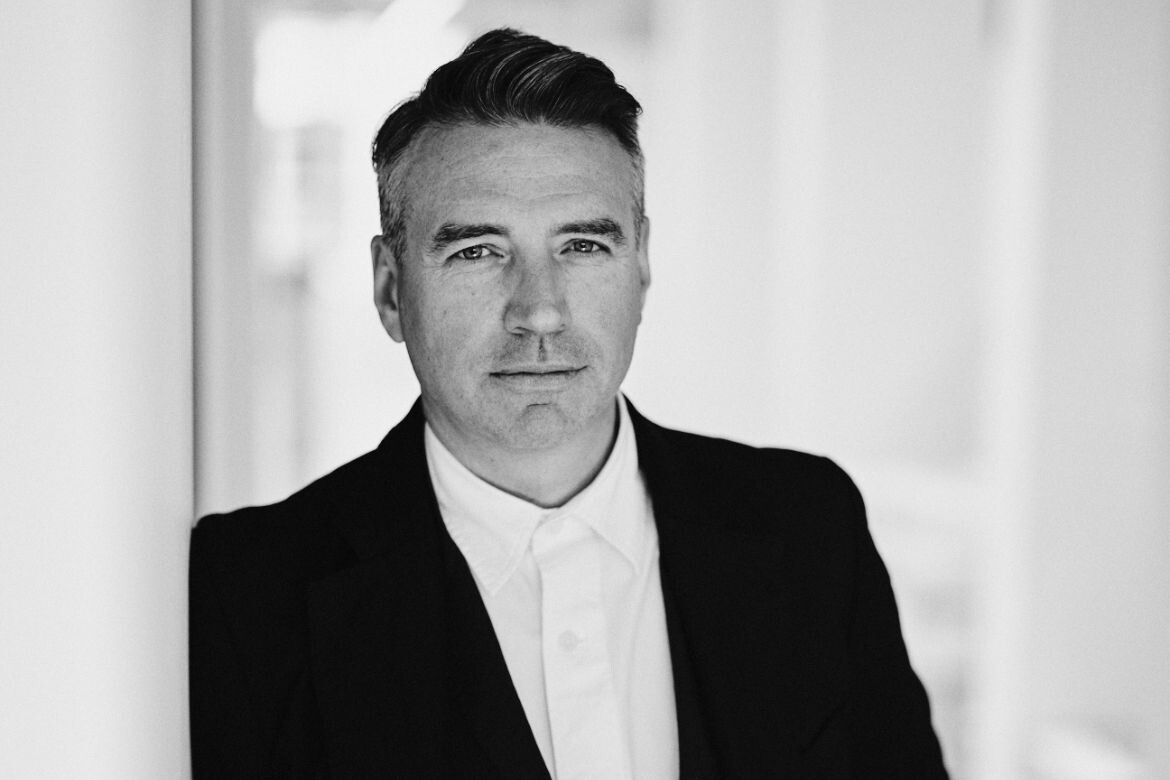
November 13th, 2023
Returning to Canberra to speak at the Australia Institute of Architects’ (AIA) Conference this year was fitting on a number of levels for Kevin Carmody. He has found significant success practising in the UK since co-founding the London-based studio Carmody Groarke in 2006. Having grown up between Canberra and the NSW South Coast before moving to London almost 25 years ago, addressing the Conference provided space for some reflections on both personal and professional journeys.
The topic of Carmody’s keynote speech, entitled ‘Foregrounds and Backgrounds’, was precedents. “At the Conference, we were looking back and thinking about what has happened in the past with a view to seeing more clearly into an uncertain future,” he says. “I think this Conference was a moment of real reflection; I moved to Europe some 25 years ago and I come back to Australia with those different experiences in mind.”
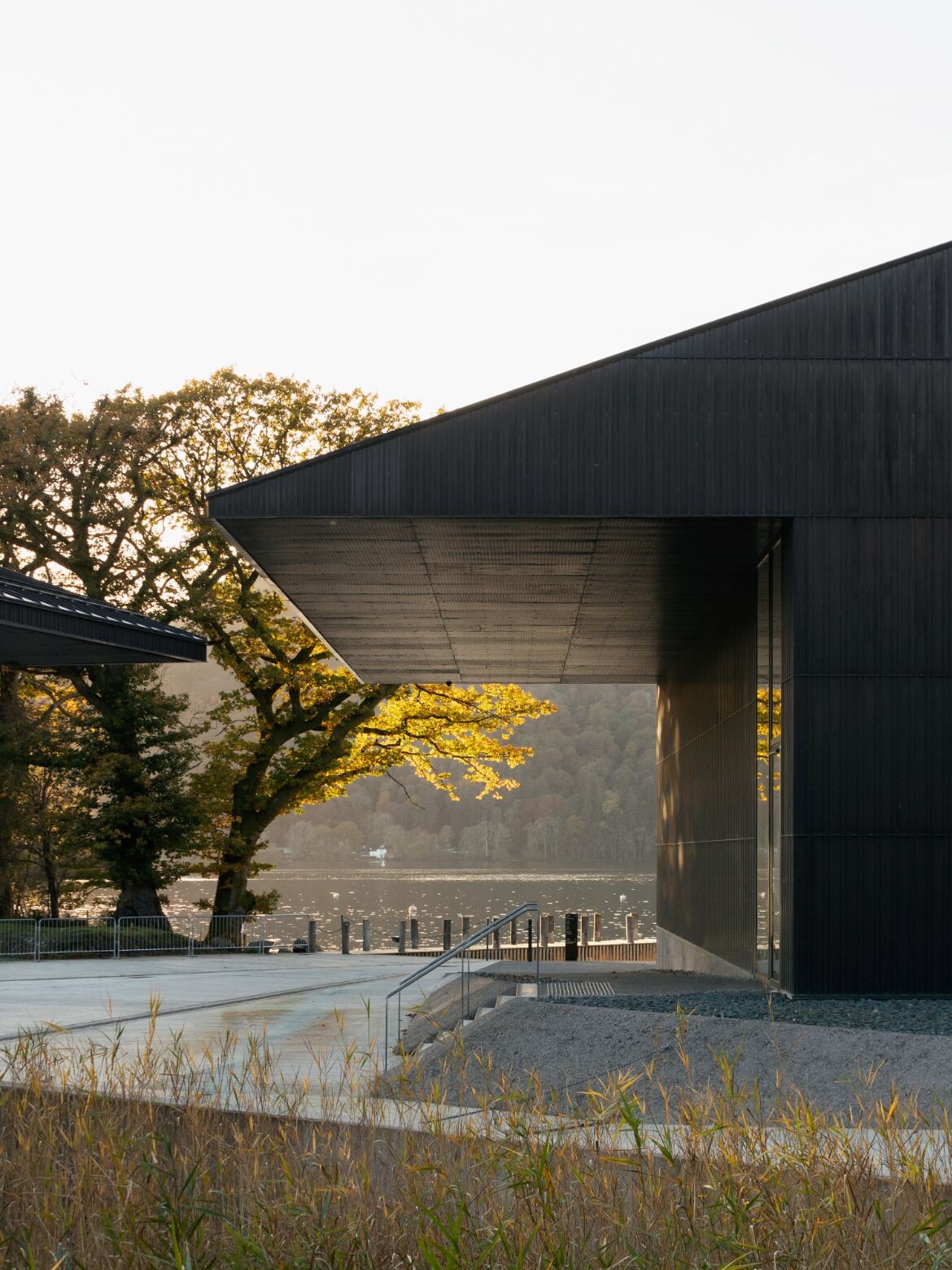
At first glance, the theme of precedents might seem slightly jarring in an age of present and future crises. Why, you might ask, are architects gathering to think about the past rather than discuss, say, climate change head-on? The answer of course is that precedents – the places where architects find inspiration, information, examples of good and bad work – are fundamental to the design process. Finding appropriate precedents is obviously important, but it is perhaps superseded by the question of how they are engaged with. One of Carmody’s key points, for example, is the need to engage critically with precedents – that is, to acknowledge and investigate where they might have failed.
In dealing with present and future crises, this critical approach to the past is crucially important. There’s a cliché in there somewhere about those who fail to learn from history are doomed to repeat it.

“We talked about failure, education and ideas,” explains Carmody in relation to his Conference discussions. “I don’t think architects look enough at things that went wrong, and I think this generation sees all histories as relevant to the conversation. For example, permanence is very much a privilege of the previous generation of architects – we must now do the most with the least amount,” says Carmody.
At the core of Carmody’s approach to architecture is a tension between essential, fundamental and even universal values on one hand, and specificities of time and place on the other. If this is an obvious thing to say, then it’s worth noting that what distinguishes Carmody’s engagement is a willingness to embrace the nuances of that kind of tension and to allow for aspects of both poles to inform design. He speaks, for example, of his admiration for some of the iconic modernist buildings of Canberra while, at projects such as Windermere Jetty Museum in England’s Lake District, it’s all about a highly localised sense of history and connection to landscape.
Related: Kristen Whittle in profile

Carmody explains further: “Instead of the polarity between modern architecture and the rest of history, I think we like to see many histories all together. This generation of architects seems to be freed up from the baggage of questions about whether something is modernism or postmodernism.
“We are interested in a climatological approach to making architecture and I think that’s ingrained in many of our projects. It’s as much about connecting people to place and place to purpose as it is in the formal resolution of those things. The intention is ingrained in how we use architecture as a device, and Windermere is a really good example of that.”

The Windermere Jetty Museum draws on the tradition of the picturesque while consciously creating a living, working museum space. Elsewhere, Carmody Groarke is working on a commission for Design Museum Gent, Belgium by exploring some new ideas with bricks in collaboration with Local Works Studio, BC Materials and ATAMA Architects as well as clients Sogent and the Design Museum.
The material experimentation with the humble brick in Gent actually captures, as a microcosm, so much of what makes the practice’s approach widely admired. Taking an essential, almost timeless archetype in the form of a brick, the architects then seek to critically reinterpret it with regard to a new context – in this instance, that means the architectural history of brick use in Flanders, the challenges of climate in the 21st century, and the specific aesthetic and conceptual underpinnings of the design.
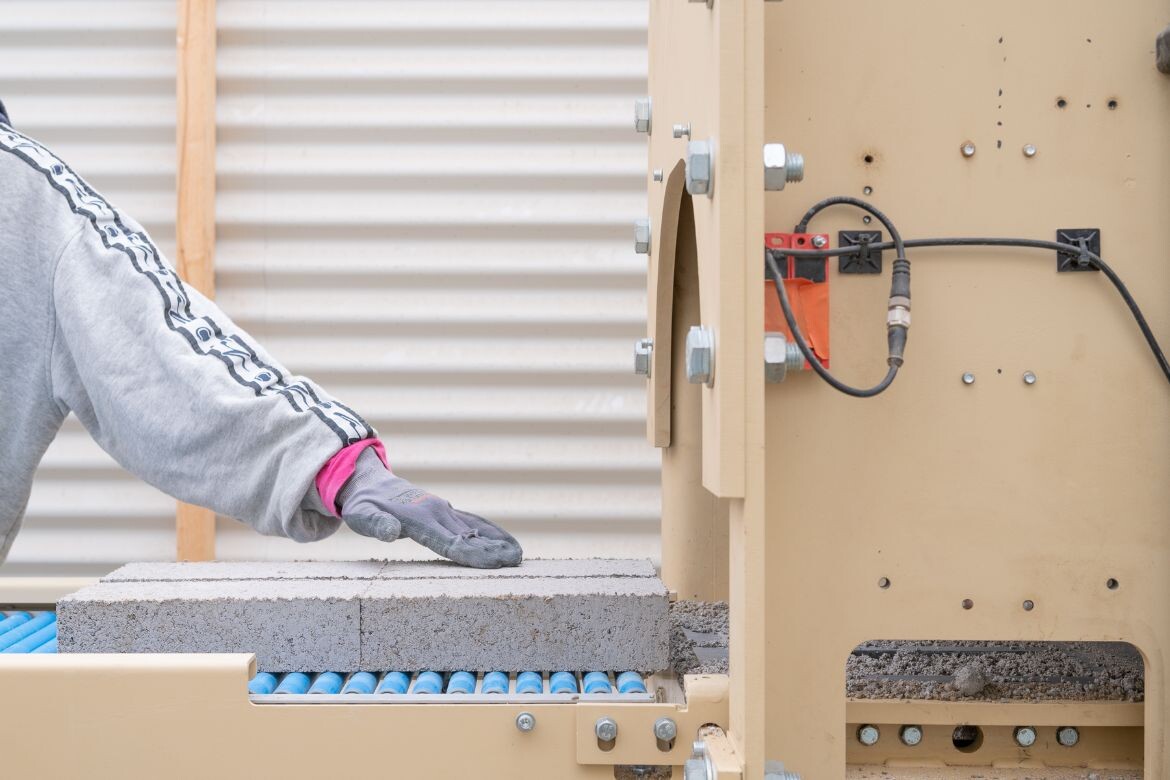
The approach is defined, in a word, by translation. Whether it’s taking a historical precedent and critically re-evaluating where it went wrong or adapting an old material for contemporary use, the consistent theme as Carmody speaks about architecture seems to be finding ways to take the old or essential and translating it into appropriate forms for today. It’s neither modernist nor postmodernism; the reader will decide whether it’s worth naming post-postmodernism.
“Precedent is one thing but influence and experience is another,” adds Carmody. “Being back in Australia, I still feel very connected to this place and this land in lots of ways. Despite – and because of – my experiences, I feel how special it is.”
Carmody Groarke
carmodygroarke.com
Photography
Courtesy of Carmody Groarke unless credited otherwise




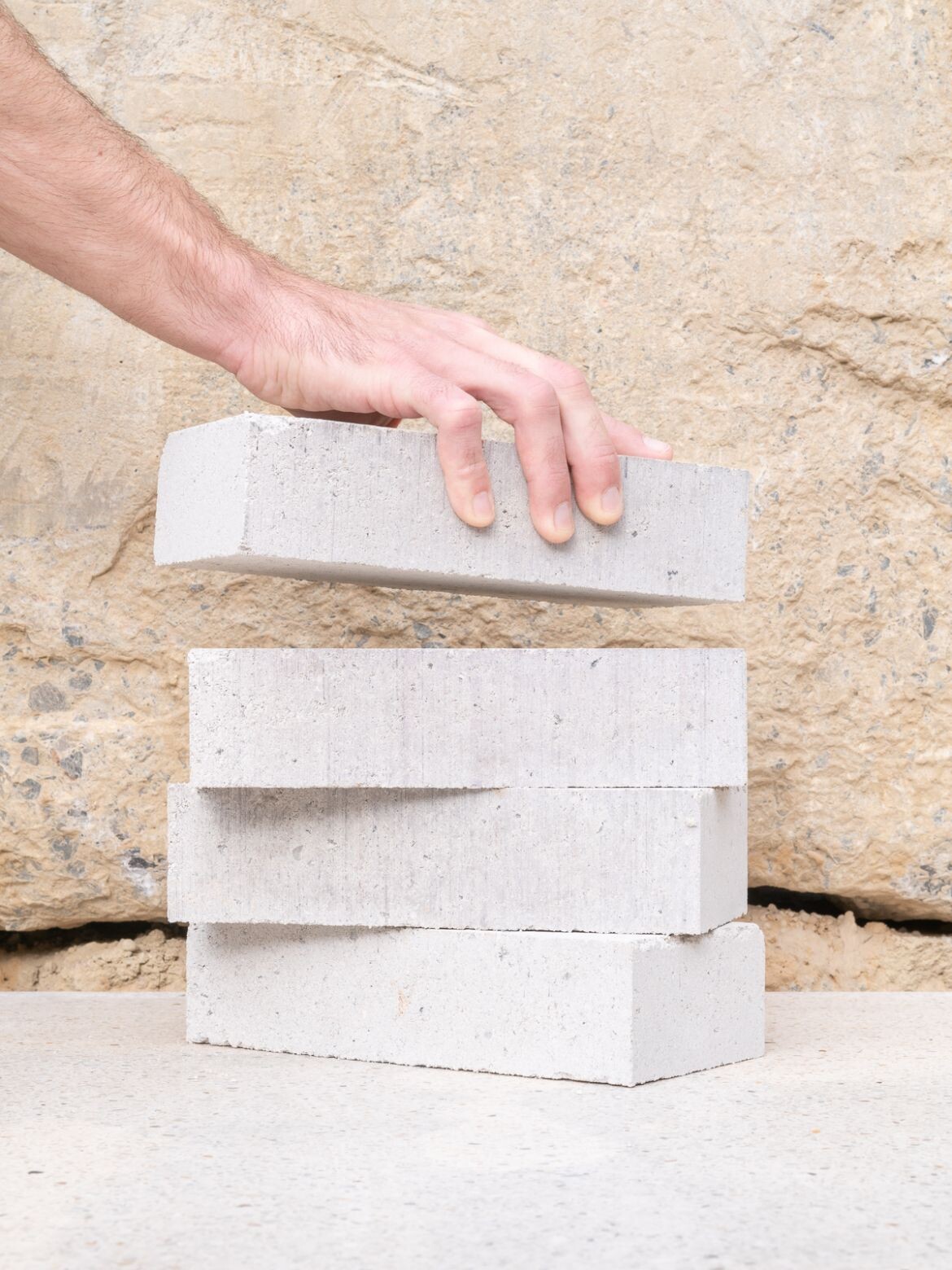
We think you might also like this story on Tokyo-based architecture studio Hiroshi Nakamura & NAP.
INDESIGN is on instagram
Follow @indesignlive
A searchable and comprehensive guide for specifying leading products and their suppliers
Keep up to date with the latest and greatest from our industry BFF's!

The undeniable thread connecting Herman Miller and Knoll’s design legacies across the decades now finds its profound physical embodiment at MillerKnoll’s new Design Yard Archives.

For a closer look behind the creative process, watch this video interview with Sebastian Nash, where he explores the making of King Living’s textile range – from fibre choices to design intent.

For those who appreciate form as much as function, Gaggenau’s latest induction innovation delivers sculpted precision and effortless flexibility, disappearing seamlessly into the surface when not in use.

London-based design duo Raw Edges have joined forces with Established & Sons and Tongue & Groove to introduce Wall to Wall – a hand-stained, “living collection” that transforms parquet flooring into a canvas of colour, pattern, and possibility.

At Melbourne Design Week, Plus Studio brought together planners, designers and local government voices to unpack the realities of urban densification.
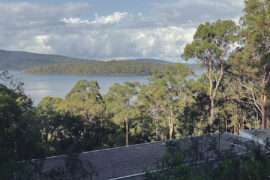
With projects shortlisted for Habitus House of the Year 2025, Anthony Gill and Jason Gibney join the podcast to discuss the state of housing in Australia today.
The internet never sleeps! Here's the stuff you might have missed
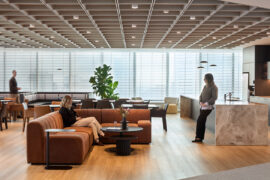
GroupGSA delivers MUFG Pension & Market Service’s Sydney HQ with a dual Japanese–Australian identity, blending precision, warmth and workplace flexibility.

Entertaining outdoors is fundamental to Italian culture, and homes, hotels and restaurants embrace patios, terraces and gardens that celebrate scenery, climate and comfort.
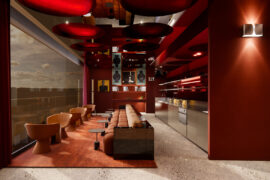
COX Architecture uses saturated colour and hotel-style amenity across the historic St Peters location, designed for Coronation Property.

Hiwa, the University of Auckland’s six-storey recreation centre by Warren and Mahoney with MJMA Toronto and Haumi, has taken out Sport Architecture at the 2025 World Architecture Festival. A vertical village for wellbeing and connection, the project continues its run of global accolades as a new benchmark for campus life and student experience.